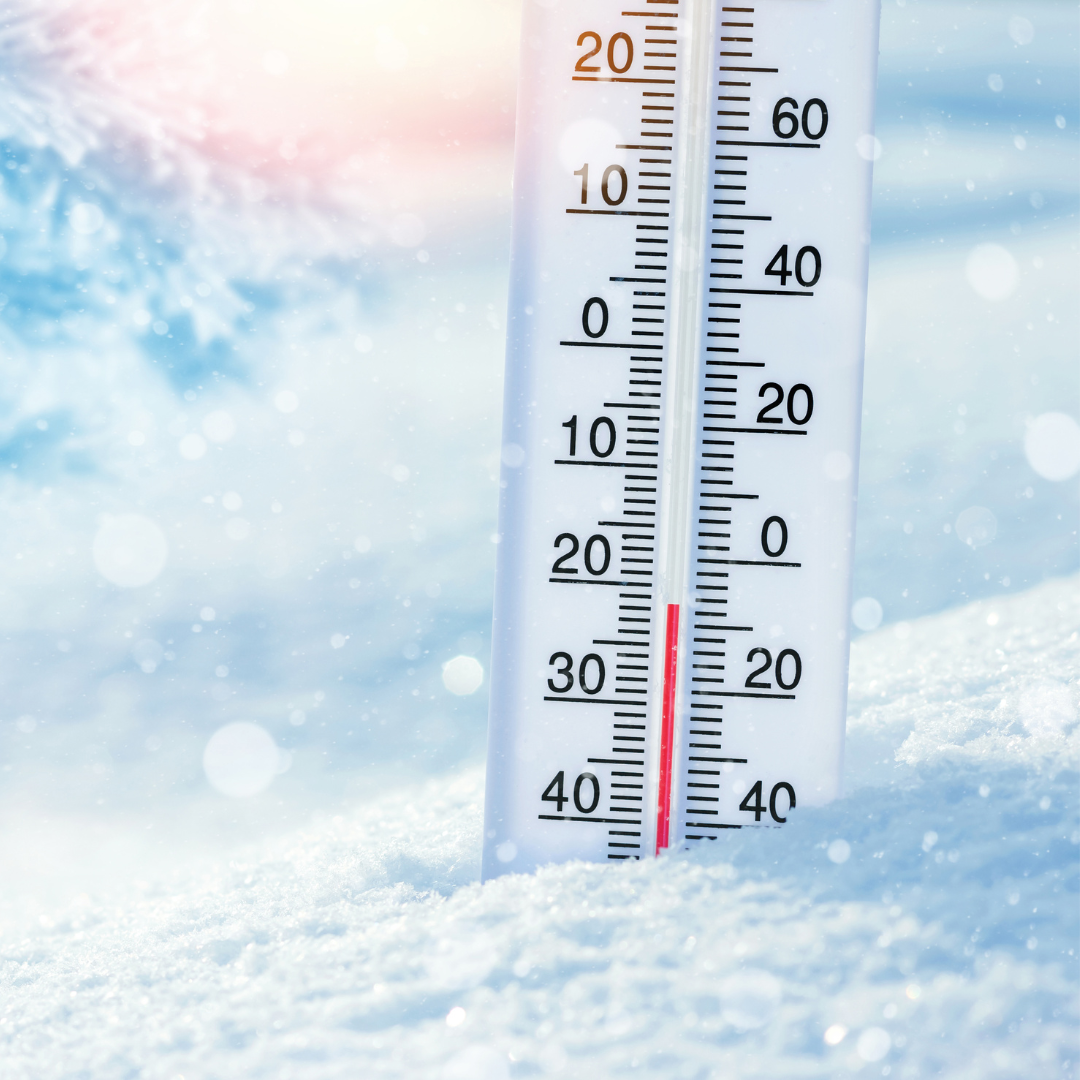
Winter Weather Safety Tips
Winter weather conditions create dangerous situations at work, at home and on the go. Follow these tips to increase your awareness and decrease your risks.
Whether you’re used to snow and ice during winter months or it only comes along every few years, it’s important to act defensively to minimize your risk and avoid injuries. Keep reading for tips that can help you and your family stay safe this winter.
Snow Shoveling & Snow Blowing – Snow shoveling and snow blowing, according to the National Safety Council, are responsible for thousands of injuries each year and as many as 100 deaths. Follow these tips to help you avoid injuries while removing snow from your driveway and sidewalks.
- Warm up your muscles with light movements before shoveling.
- Push the snow with the shovel instead of lifting to reduce the strain on your body. If you must lift the snow, bend your knees and use your legs when possible.
- Use ergonomically designed shovels to help reduce the amount of bending you do.
- Pace yourself and be sure you take frequent breaks, at least every 20-30 minutes.
- Consider shoveling periodically throughout the storm to avoid having to move large amounts of snow at once.
- Try to shovel soon after the snow falls, so it’s lighter and fluffier.
- Dress in layers and remove them as you get warm to help maintain a comfortable body temperature.
- Drink plenty of water to stay hydrated.
To further reduce your risk of injury, be sure to stretch your muscles before and after any strenuous activity.
Serious Cold Weather Injuries – Frostbite and hypothermia are two serious conditions that could affect you if you’re exposed to cold temperatures for extended periods of time. Frostbite signs include bright red skin becoming waxy, gray or white and numb, often affecting your fingers, toes, ears and face. Hypothermia signs include shivering, drowsiness, confusion, fumbling and slurred speech. Remember these “Dos and Don’ts,” in case you find yourself experiencing frostbite or hypothermia symptoms.

Dangerous Conditions – Winter weather can also create dangerous driving conditions. Black ice is a thin layer of ice on any surface that is almost invisible. When you’re driving and encounter hazardous road conditions, follow these tips for what to do and what to keep with you in case you’re stranded.
Remember: When it comes to winter conditions, recognizing the hazard, understanding your defense and acting in time can be the difference between a severe injury, a near miss or just a hazard report.
Safety First. Always. And, it starts with me.
